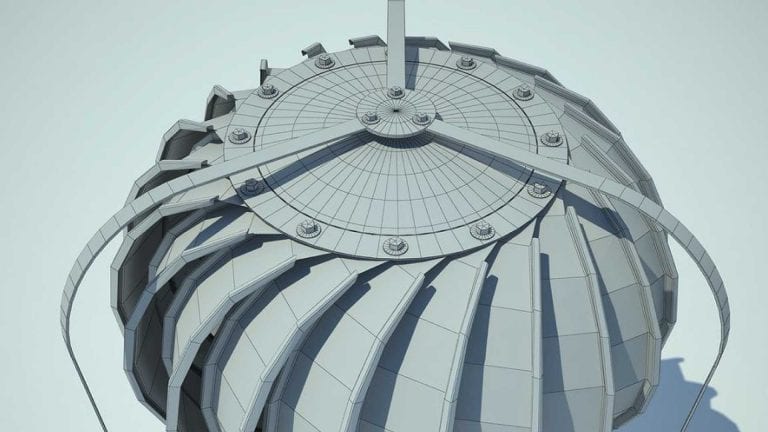How Do Roof Turbine Vents Work?
Rain Heads Custom Made Shipped Free Australia Wide – Click Here >
Dambuster Rain Heads Shipped Free Australia Wide – Click Here >
Commercial Industrial Roof Vents 300mm-950mm – Click Here >
Eco-Friendly Roofing Insulation Shipped Free – Click Here >
Gutter Sumps Shipped Free Australia Wide – Click Here >
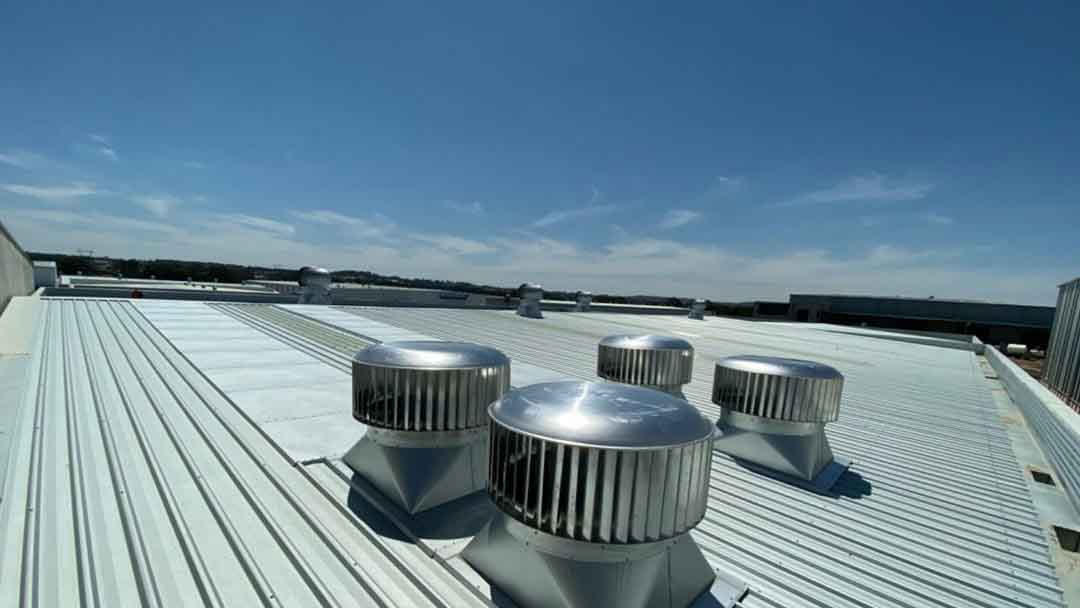
Turbine Roof Vents
Turbine roof vents are quite popular among the people because they can be installed with ease, comes at an affordable price, and requires very less maintenance throughout the year. However, there are some disadvantages to this type of ventilation system. Such as, they won’t function smoothly if there is no wind, and so on.
As you know there are different types of ventilation systems for roofs. All of them work best for the type of house selected. One of the most popular choices for roof ventilation is turbine roof vent. These vents are cylindrical in shape and require wind to perform. In this article, you get an insight into the pros and cons of turbine roof vents, and whether you should consider them.
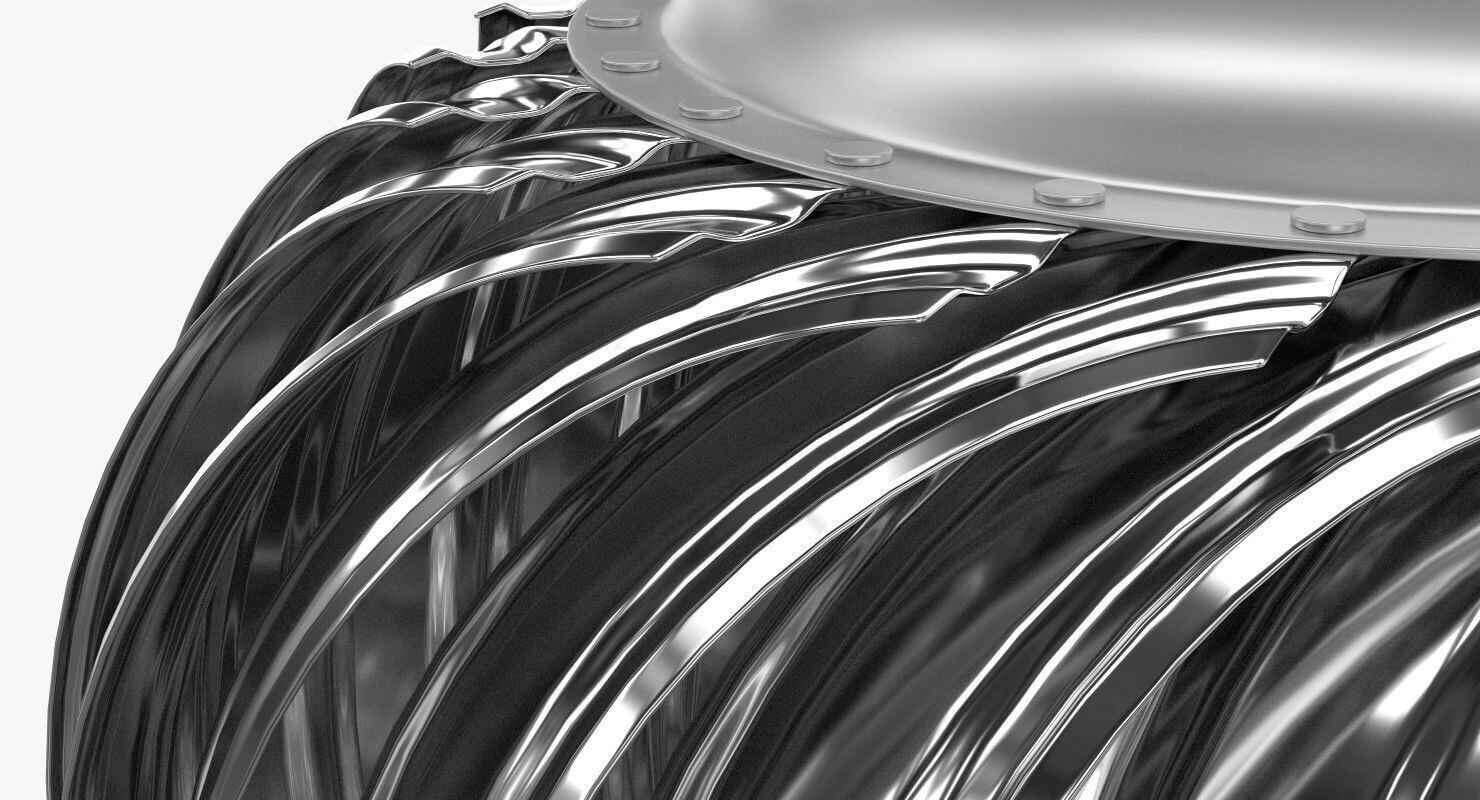
How do turbine roof vents work?
Turbine vents use a combination of wind and convection to extract stale, hot air from inside your home and replace it with the cool, clean air from the outside. Because warm air rises up, the wind-powered vents with their spinning action tend to suck the air outside.
The vacuum that is created after the warm air gets sucked out is filled immediately with cool, fresh air from outside. The cool air has a low temperature, and it sinks down into your house. Apart from drawing smoke, chemicals, and heat from inside your home, these vents remove moisture-laden air and humidity from bathrooms and kitchens.
Where are the turbine rooftop vents commonly used?
Because these vents are versatile in many aspects and easy to install, the turbine roof vents have several applications. This includes your home, office, and on a large industrial scale. They are environmentally friendly and costs low compared to air conditioning units.
These suction machines remove dust, smoke, fumes, and chemicals to produce a more productive and healthy environment in different types of industries. The turbine vents can be installed on chimneys, sewage pipes, and vehicles to create cleaner, cooler, odour-free, and hygiene confined spaces.
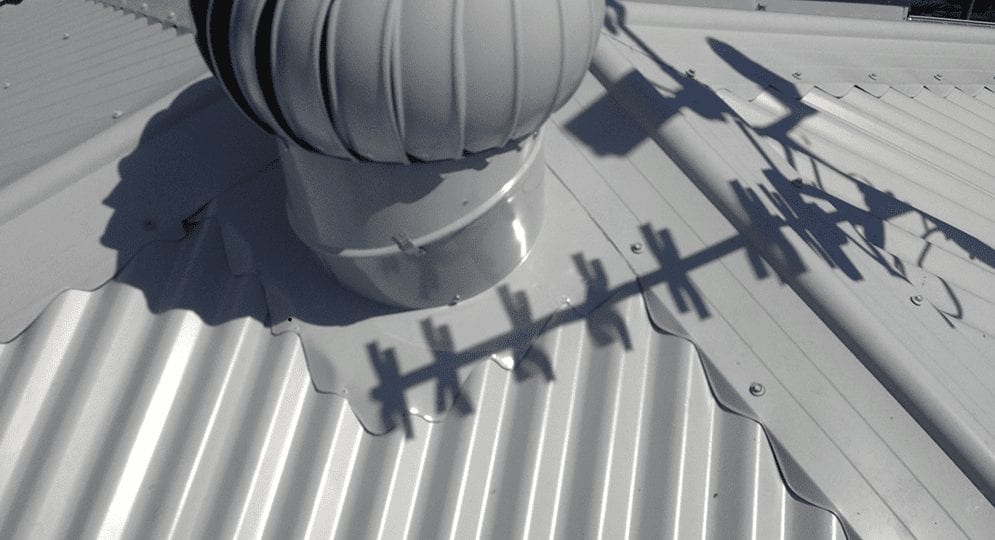
Pros of having a turbine roof vent:
Turbine roof vents are one of the best ventilation machines around. There are lots of reasons why you may choose to install them on your rooftops rather than incorporating attic fans. These vents help to remove heat from your home and fill your living space with cool air from outside.
Turbines have fins connected to them, which starts rotating after the wind hits them. This results in a vacuum effect that sucks up the heat. To get effective results, these vents need to be positioned at the right part of your rooftops. The size of your house plays an important role in how effective your ventilation system could be
Turbine rooftop vents provide amazing circulation inside your roofs. Also, these spinning devices are simple to set up and comes at an affordable price. If you are looking for a cheaper solution for your heating problems, you should make these turbines work for you.
They extract the warm air from your roof and create a circulation of fresh, cool air inside your house or business premises. Even if you are using other forms of ventilation systems for your home, you can still use the turbines to get the desired effect.
Turbines are often called as passive ventilation systems. It means, they are powered by the wind itself and they don’t use any kind of electricity or generate carbon emissions. Also, they are less noisy than other fan variants. They are capable of cooling the attic really well, which means you don’t have to use air conditioning units. As such, the environmental impact of turbines is very low.
Turbines are known to move plenty of warm air from the attic. You may be amazed that even a small turbine of a foot long has the capability to remove more than 300 cubic feet warm air every minute. And, a turbine with a couple of more inches longer is able to remove around 1000 cubic feet.
Even with no wind around, turbines are capable enough to make the hot air rise through the open spaces. Turbine rooftop vents are probably the best because they have fewer chances of rusting and last longer than other kinds of a metal ventilation system.
Cons of having a turbine roof vent:
As you know, turbine roof vents are wind-driven designed to improve ventilation. On a calm day, they can’t help you with ventilation to a great extent. And, the opposite thing happens on windy days. During those days, it may lead to excess ventilation and depressurization.
Because of excess depressurization in the attic, there is an increase in air leakage from your house. This way, it increases heat and promotes condensation. Turbine rooftop vents depend on low-quality materials and mechanisms to provide the movements.
Since they are exposed to a hostile environment sometimes and inaccessible for maintenance as found by many homeowners, these ventilation systems may not be suitable always. Noisy turbines are common problems that many people face. On some occasions, the vents can’t be made to move.
The turbines become noisy when there are poor performance and faulty alignment of the moving parts included in the whole unit. These rooftop vents may become functionless when they are bent, corroded, or obstructed by different types of debris.
When the machine becomes noisy, it suggests that the ventilation system may seize in no time. When this happens, you can’t expect the vent to perform with all its strength. In very rare cases, the vents could be damaged by snow or rain penetration.
Sometimes, you may even see some of the turbines covered with plastic bags due to the leakage of air in the attic through the vents. On a steady day with very little flow of air around, there could be enough warm air in the attic to move through the vents. But, if it is unable to spin smoothly, the heat might trap inside.
Conclusion:
If you are looking for an effective and reliant cooling system for your home, maybe you could try the turbine roof vents. Apart from a few drawbacks, these ventilation vents are perfect for every home.
1 Roof Vent
Supply & Installation Price
$520/1
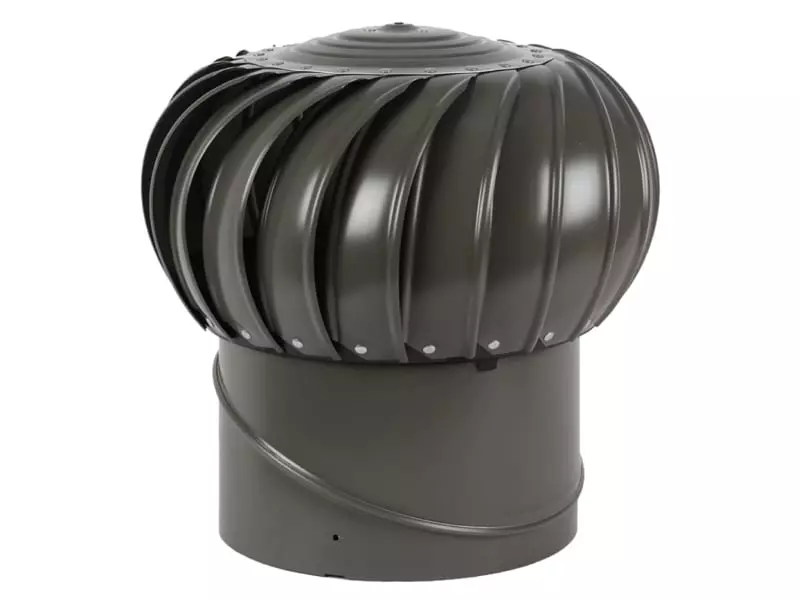
1 Ampelite 300 Spinaway
Colorbond or Mill Finish Supply & Installation Price
Download PDF
2 Roof Vent
Supply & Installation Price
$860/2
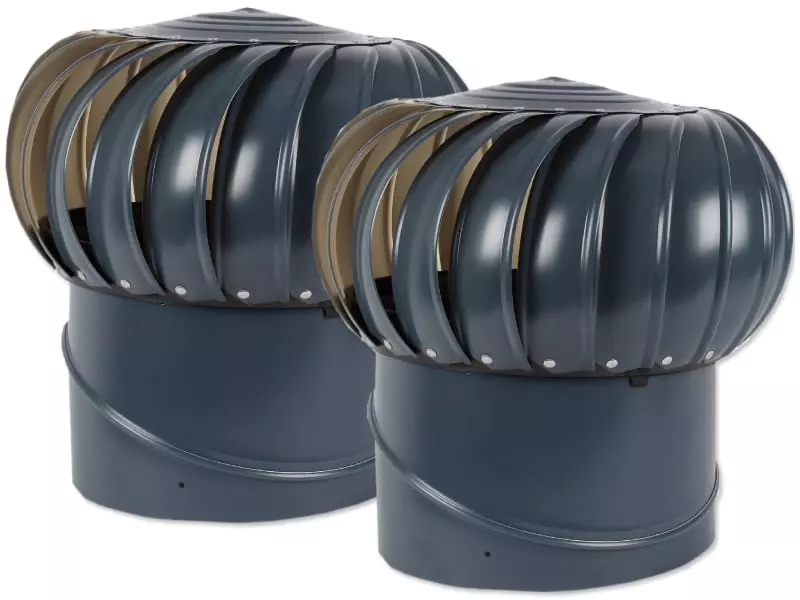
2 Ampelite 300 Spinaway
Colorbond or Mill Finish Supply & Installation Price
Download PDF
3 Roof Vent
Supply & Installation Price
$1,090/3

3 Ampelite 300 Spinaway
Colorbond or Mill Finish Supply & Installation Price
Download PDF
4 Roof Vent
Supply & Installation Price
$1,300/4

4 Ampelite 300 Spinaway
Colorbond or Mill Finish Supply & Installation Price

